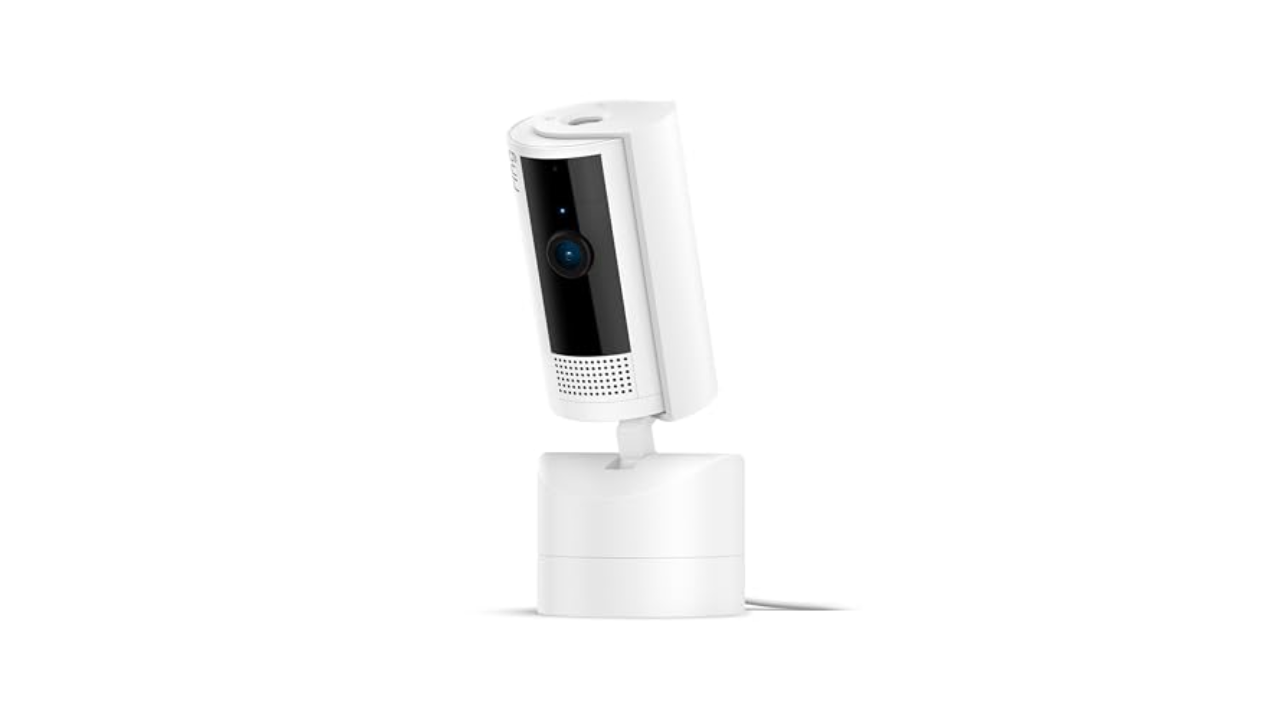Razer has rolled out the Viper V3 Pro, its latest high-end wireless gaming mouse. What makes a gaming mouse “high-end,” you might ask? Mainly, it’s super lightweight and packed with impressive wireless and sensor tech, all of which makes it extremely responsive in competitive games. I’ve had one on hand for about two weeks now and have felt next to zero delay flicking through rounds of Halo Infinite and Apex Legends.
The other thing is the price: The Viper V3 Pro is available today for $160 in the US or €180 in Europe. That isn’t unheard of — Razer’s own DeathAdder V3 Pro, the top wireless pick in our gaming mouse buying guide, costs the same — but it’s certainly not cheap.
If you keep up with the gaming mouse market, here’s the short version: The Viper V3 Pro has virtually the same shape and soft-touch coating as last year’s midrange Viper V3 HyperSpeed, but it’s far lighter at 54 grams, plus it has optical switches, a technically superior sensor and a few small design tweaks. It’s the follow-up to the popular Viper V2 Pro from 2022 and the ambidextrous complement to the aforementioned DeathAdder V3 Pro, which has a more dramatically contoured ergonomic shape.
For everyone else, the main thing to know about mice like this is that they’re built for competitive gaming above all else. As such, the Viper V3 Pro deliberately excludes features that’d make it more convenient for day-to-day use: There’s no Bluetooth and only two side buttons, while the DPI switch is located on the bottom of the mouse. The scroll wheel can’t tilt left or right, and there’s no lighting, either. But these omissions make sense if you view the mouse as a tool for esports: They keep the weight down and make it harder to hit buttons by accident.
The most important thing with any gaming mouse is its shape, and the Viper V3 Pro’s should fit most hand sizes well. It’s highly similar to Logitech’s G Pro X Superlight 2, its chief competitor, but slightly longer and flatter. A modest but noticeable hump in the center rests naturally in your palm, while the sides are gently contoured in then out to welcome the tops of your thumb and ring finger (or pinkie). The main click buttons are grooved, slightly flared and amply sized. None of the angles are aggressive. Razer says it works best with a fingertip or claw grip; I have few issues as someone who uses the latter. But the design isn’t so short or flat that it’s horrible for palm grips. In total, it measures 5.0 x 2.51 x 1.57 inches.
The mouse’s coating is pleasingly soft and smooth. It’ll pick up fingerprint smudges over time, but it should be grippy enough for most people out of the gate. (Razer includes some pre-cut grip tape in the box if it still feels too slippery.) The device as a whole is sturdily built, with no sign of flex or creaking in my two weeks of daily use.
The Viper V3 Pro isn’t the absolute lightest gaming mouse, but calling a 54g device too heavy to move around would be splitting hairs. Notably, it achieves this weight without any cutouts in its top or bottom shell. Rival gaming mice like the Pwnage Stormbreaker or Pulsar X2V2 are similarly light but leave their interiors more open to dust and detritus.
The mouse’s main click buttons are fast, not sticky and on the softer side for a device that uses optical switches. They aren’t as loud as the clicks on the G Pro X Superlight 2, though the right-click panel on my test unit sounds a little less full than the left-click one. (That’s more of a nitpick than a dealbreaker.) As with most optical mice, the main buttons may not be as satisfying to press as good mechanical switches, but they’re more likely to avoid durability issues over time. I’d also give the Viper V3 Pro the edge over Logitech’s mouse when it comes to the side buttons and scroll wheel. The Viper’s wheel is tighter, quieter and has grippier ridges on its exterior, while its side buttons are a bit less mushy by comparison.
In terms of performance, the Viper V3 Pro uses Razer’s new “Focus Pro 35K Optical Sensor Gen-2.” It can reach a maximum of 35,000 DPI, and you can adjust that sensitivity in 1 DPI increments. A max speed of 750 IPS and max acceleration of 70 G accompany that. Per usual with gaming mice, these higher figures are partly marketing fluff: Many older gaming mice have few issues when it comes to sensor accuracy and consistency.
Along those lines, the mouse comes with Razer’s HyperPolling Wireless Dongle, which costs $30 on its own. It advertises a maximum polling rate of 8,000Hz, which technically allows for more precise movements but has a negligible effect on real-world performance. Mostly, it saps battery life: Razer says the Viper V3 Pro can last up to 95 hours at a 1,000Hz polling rate, which is fine, but that dips to just 17 hours at 8,000Hz.
Still, while I am far from an pro-level player, I can’t foresee many complaints about the Viper V3 Pro’s responsiveness or connection quality. The shape, weight and sensor all play a role in that — as do the large PTFE feet, which let the mouse glide smoothly across surfaces. Somewhat less agreeable is the included cable, which is cleverly angled to reduce drag but isn’t the thinnest or most flexible cord I’ve seen. The dongle still requires running the cable from a PC to a desk, too.
Nevertheless, the Viper V3 Pro is well worth a look if you take competitive gaming seriously, prefer an ambidextrous shape and have money to burn. To be clear, there are still several gaming mice that’ll feel comfortable and perform well for less cash, especially if you’re OK with a wired model. And if you own an older Viper you’re still happy with today, there’s no pressing need to upgrade. A mouse like this is closer to a Ferrari, when most people can live just fine with a Subaru. That said, Ferraris are pretty nice, right?
Credit: Source link









